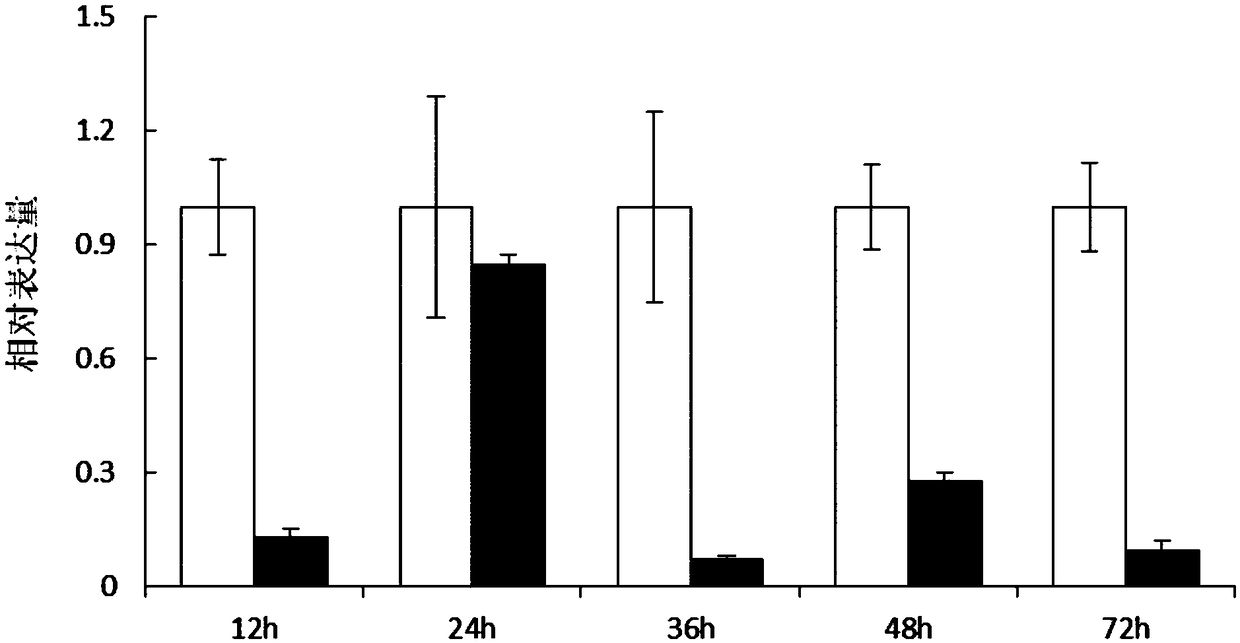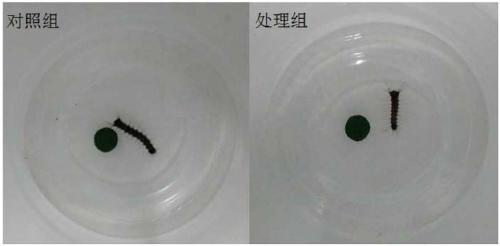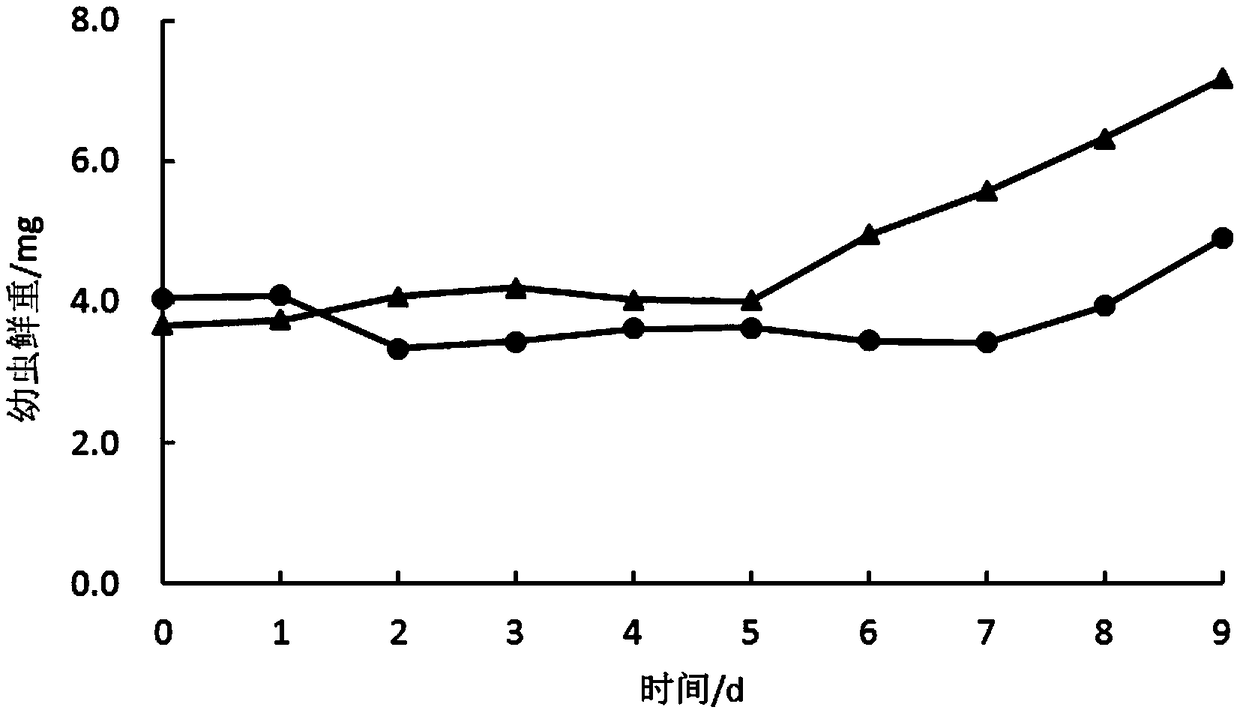Lymantria dispar Linnaeus JHAMT gene, encoded protein thereof and application of dsRNA of Lymantria dispar Linnaeus JHAMT gene in pest control
A protein-encoding and pest control technology, applied in the field of molecular biology, can solve the problems of gypsy moth resistance and pollution of the environment
- Summary
- Abstract
- Description
- Claims
- Application Information
AI Technical Summary
Problems solved by technology
Method used
Image
Examples
specific Embodiment approach 1
[0020] Embodiment 1: The nucleotide sequence of the JHAMT gene of the gypsy moth in this embodiment is shown in SEQ ID NO: 1 in the sequence listing. The nucleotide sequence of its coding region CDS is shown in SEQ ID NO: 2 in the sequence listing.
specific Embodiment approach 2
[0021] Embodiment 2: The amino acid sequence of the protein encoded by the coding region CDS of the gypsy moth JHAMT gene in this embodiment is shown in SEQ ID NO: 3 in the sequence listing.
specific Embodiment approach 3
[0022] Embodiment 3: The dsRNA sequence of the JHAMT gene of the gypsy moth in this embodiment is shown in SEQ ID NO: 4 in the sequence listing.
[0023] The present invention uses the gypsy moth JHAMT gene fragment as a template, and designs a specific dsRNA primer pair, and synthesizes the JHAMT gene dsRNA through a MEGAscript RNAi kit (Ambion).
PUM
| Property | Measurement | Unit |
|---|---|---|
| Molecular weight | aaaaa | aaaaa |
Abstract
Description
Claims
Application Information
 Login to View More
Login to View More - R&D
- Intellectual Property
- Life Sciences
- Materials
- Tech Scout
- Unparalleled Data Quality
- Higher Quality Content
- 60% Fewer Hallucinations
Browse by: Latest US Patents, China's latest patents, Technical Efficacy Thesaurus, Application Domain, Technology Topic, Popular Technical Reports.
© 2025 PatSnap. All rights reserved.Legal|Privacy policy|Modern Slavery Act Transparency Statement|Sitemap|About US| Contact US: help@patsnap.com



